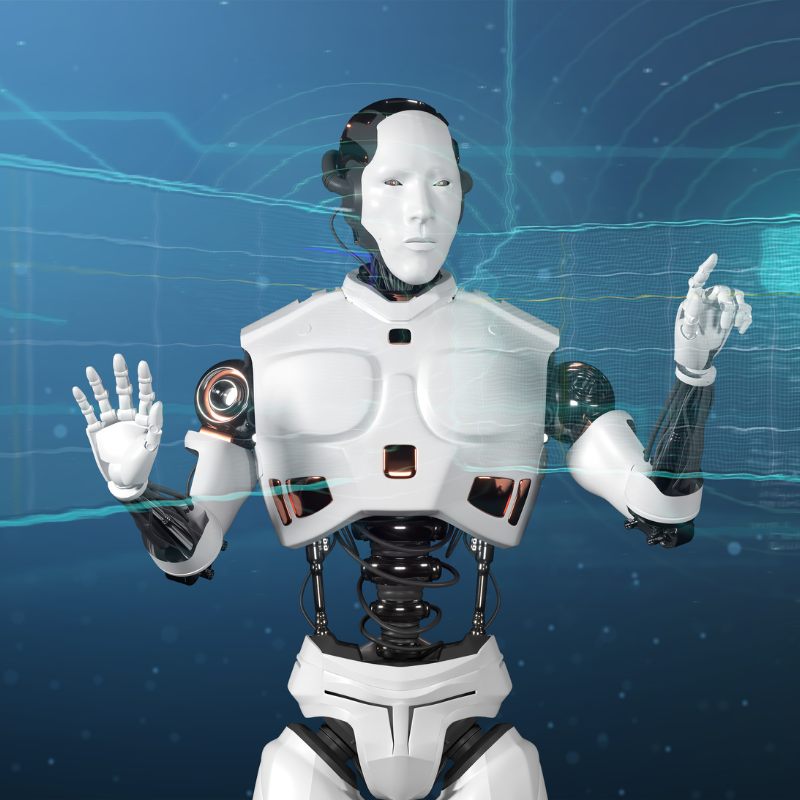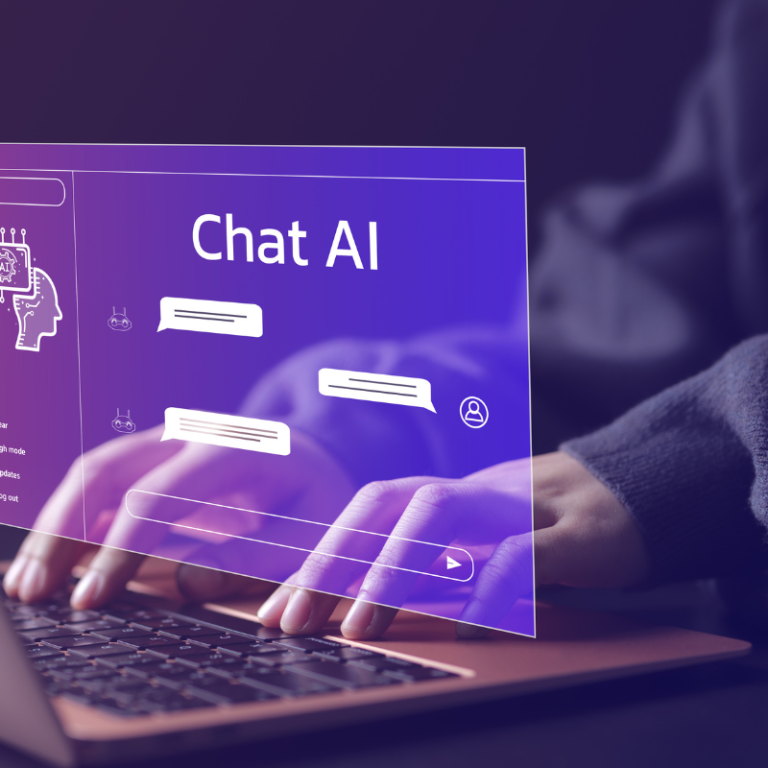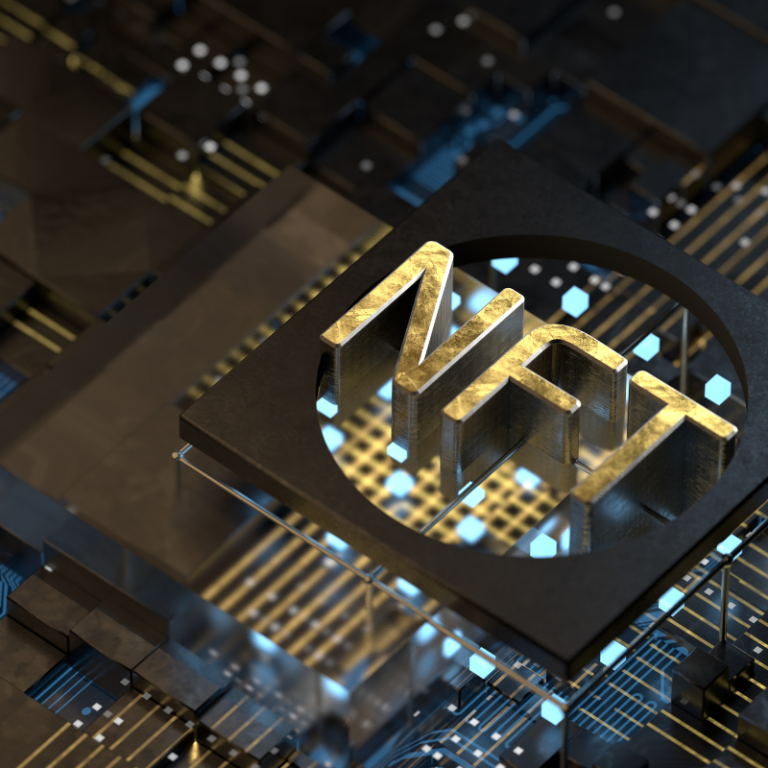With major advances in AI, we are witnessing a future of intelligent machines around us. AI has gotten its roots deep in the tech industry. However, we are still unknown as to how far we can go with these changes. Artificial Intelligence is a buzzing word nowadays and no doubt, it has entered into the space of Design. Many fear its impact on the workforce as some of you may think that it can replace humans.
Screens have been the major focus of UI designers for decades, but that’s changing. As technology evolves and expands into more corners of daily life, the future of UI design is also evolving. As of 2024, the majority of the people tend to use a voice-controlled digital assistant. On the other hand, Virtual and augmented realities are transforming so quickly that they require a whole new set of design best practices. This transformation is central to the future of UI design.
All of these changes support the evolution of technology with respect to our virtual and physical surroundings. So, in order to understand what and what not. We need to dig a little deeper and we’ll try to get a clear image of what the future beholds for the future of UI design.
Designing New Age Interfaces
With technologies like Augmented Reality and Virtual Reality, we have moved beyond the rectangular screens. A virtual world is there to be designed and explored. Back in 2007, when Apple launched the iPhone on the global stage. Everyone was introduced to touch screen tech for the first time.
But, in 2024 we have taken a leap in technological advancement and so does our interface. The way we perceive things now is much different from when it started. There is a need for a new blueprint which is AI so that we can break our boundaries. And we are actually transitioning to this new phase of the design process in the future of UI design.
According to Toptal designer Adam Kyle Wilson, the first modern approaches to immersive reality were essentially the same as gazing at an app closely. Users were primarily spectators on a low-resolution roller coaster, and designing a UI for VR was just like constructing an interface for a standard smartphone application.
And which is no longer good enough—taking full advantage of the extended reality (XR) medium requires a paradigm shift, says Edward Moore, a Toptal UX designer and game developer who has worked on VR games and experiences for Google and Sony. “It’s easy to make floating rectangles in virtual environments,” Moore says, but over-relying on rectangles—the most popular shape used in interfaces—means you’re not taking full advantage of the immersive experience. “You have to think three-dimensionally. You need to ask: How do I interact with my actual reality?” This shift is crucial in the future of UI design.
Adapting UI To New Age Interactions
The Internet of Things (IoT) is a growing network of physical devices, vehicles, build ings, and infrastructure connected to the internet. Equipped with small sensors to gather and exchange data. A major portion of Internet of Things devices are tiny, screenless machines with basic functions, such as the capacity to sense temperature changes and transmit that information to a different, most likely larger machine to initiate an action.
“What you are trying to build for your users is occurring in a physical space, not on the screen, so it takes a bit of a shift in thinking,”says Wilson. The complexity of connecting the digital and physical worlds will only grow with the advancement of technology. Through the use of sensors, software, and algorithms, context-aware devices like smartphones and tablets to smart thermometers—can comprehend and react to their surroundings. This connection will be a key aspect of the future of UI design.
Designers have to start and explore with new UIs if they haven’t started already. To be future-proof, one has to be comfortable with the technological trend and industrial demand. And now coming to the question of the hour and that is Will AI Replace Humans?

Reality Check And Debunking Myths
No doubt, AI has tremendous potential in terms of the design world, but for this to happen the hype around it needs to be deconstructed. It would be better if designers cleared their minds and didn’t think about AI as some kind of magic-tech.
AI is mostly about optimization and speed. Designers working with AI can create designs faster and more cheaply due to the increased speed and efficiency it offers. The power of AI will lie in the speed in which it can analyze a large amount of data and suggest design adjustments. A designer can then cherry-pick and approve adjustments based on that data.
Robots are not replacing designers. IBM CEO Ginni Rometty recently expressed that “If I considered the initials AI, I would have preferred augmented intelligence.”
In regard to daily tasks such as product localization and creating the same graphics in multiple languages. Netflix is already using augmented intelligence systems to translate artwork personalization and localization of show banners into multiple languages. The system “reads” the master version, and the personalized and localized graphics are then rapidly produced. A designer just has to check the graphics, approve or reject, and if necessary just manually adjust them. Saves a ton of time.
Final Opinion
Designers need not worry. AI and robots will not replace them. At least not in the short term. Instead of being a threat, augmented intelligence will present a series of exciting opportunities. Going beyond those design opportunities is not going to happen by magic, but by designers co-creating with AI as their creativity sits in the depths of art, science, engineering, and design. Innovations in the past made us stronger and faster. AI will make us smarter. By embracing and adjusting to this new tool, designers can unlock unparalleled creative potential. And, yes, the future of UI design does look promising!







